Is it Tuesday again already? Yikes. We went out of town Thursday for the Easter weekend, so this blog hasn’t been in the forefront of my mind. Then I remembered…Toddler Tuesday! I have to blog on Tuesday if no other day, right? 😉 Since we have been traveling, I haven’t exactly been preparing creative meals for Meghan, so I thought this installment of Toddler Tuesday would be about healthy ingredients you can often add to the food you are already feeding your toddler. Even if these ingredients aren’t part of a recipe or food you are preparing, they can be sprinkled on or mixed in without much change to the taste or texture of the original (in most cases). We all know that every mother worries that her toddler is getting enough of all the vital nutrients that will affect his growth and development. These healthy add-ons have many of those important nutrients and are simple to add into your toddler’s diet.
Flaxseeds
I was first given the idea to include flaxseeds in Meghan’s food when she was still a baby. She was around 7 months old and had only been on solid food for a month. Her digestive system was having difficulty with the transition and she experienced some awful constipation. A lactation consultant advised me to add flaxseed oil to her food. I tried that, but the taste was too strong for her. (Have you tried the oil? I can’t blame her-it is STRONG!) Later I discovered flaxseed meal and started adding that to her food and I now add it to my food as well. Flaxseeds are a great cure for constipation because they have a high fiber content. Meghan gets some flaxseed everyday and is now quite regular. Flaxseeds are also high in lignans, a powerful antioxidant that helps keep immune systems strong. Another benefit is that flaxseeds have a substantial amount of ALA essential fatty acids (Omega 3s). I sprinkle flaxseed meal in Meghan’s yogurt or smoothie, add it to her cheese omelette, use it as part of a coating or breading for many foods, and try to include it in muffins or other baked goods.
Blackstrap Molasses
This is a sweetener that is actually good for you. Really. Blackstrap molasses is the byproduct of the process of turing sugar cane into table sugar. Guess where all the nutrients from the sugar cane go? Not into the table sugar, that’s a safe bet. The dark, sticky liquid called blackstrap molasses gets all the good stuff and the good stuff includes iron, calcium, copper, magnesium, and potassium. If you have a toddler who doesn’t like meat (or is a vegetarian) or you don’t think drinks enough milk, blackstrap molasses is a great way to add extra iron and calcium into her diet. You can add this sticky liquid into a variety of foods, including yogurt, oatmeal or other whole grain cereal, cooked whole grains, or baked goods.
Kelp
If you have a toddler (or spouse!) who only likes a limited number of foods, kelp is a great add-on to offset any deficiencies that may result from that lack of variety. Kelp is a marine plant with many nutritional benefits. You can buy it, usually in the bulk foods section, of any health food store. I bought a small salt shaker for my kelp so it’s easy to sprinkle in any dish. Kelp is a great source of iodine, vitamin A, niacin, calcium, iron, and protein. You can easily add kelp to most any foods, but I especially love to sprinkle it into a vegetable stir-fry or casseroles.
Wheat Germ
The wheat germ is a small part of the wheat kernel that is removed during the processing of whole wheat into white flour. (They always take the good stuff out!) Wheat germ can be used as a natural supplement as it is rich in many beneficial nutrients, including B vitamins, calcium, fiber, iron, omega 3 fatty acids, vitamin E, potassium, magnesium, protein, and zinc. Wheat germ can be used much in the same way as flaxseed meal. You can also use wheat germ to replace up to one half cup of flour in your baking.
These are just a few healthy add-ons you can start using that will help you rest easier that your toddler is getting the nutrients he needs. Do you have any more healthy add-ons to add to the list? Please include your ideas in the comment section!
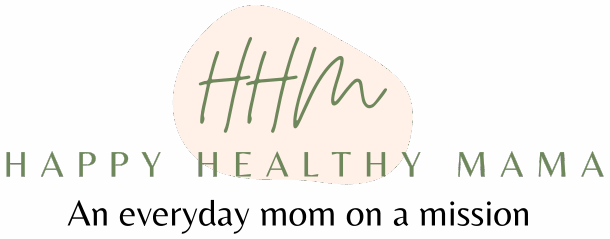
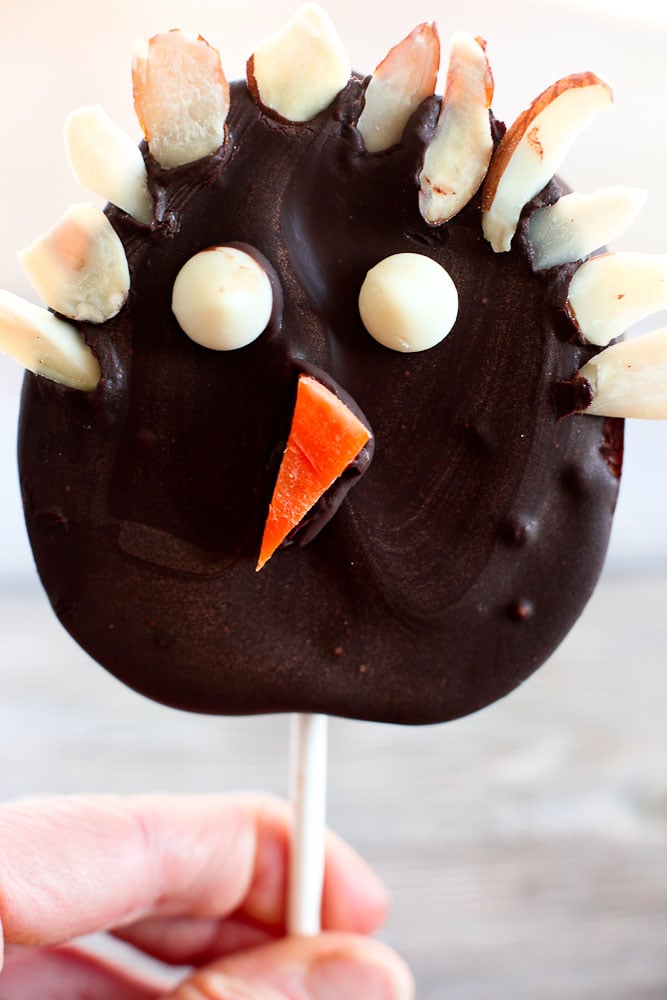
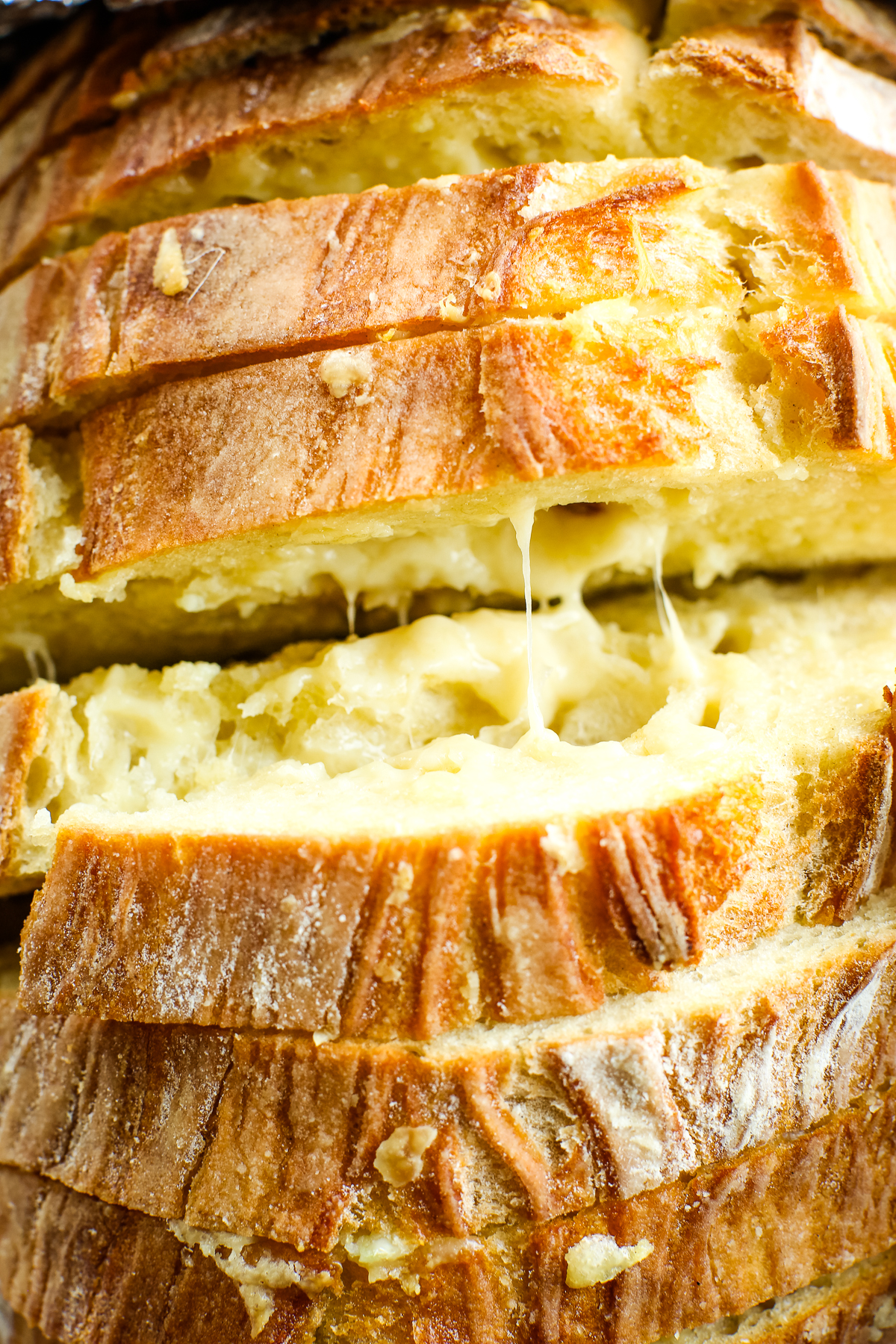
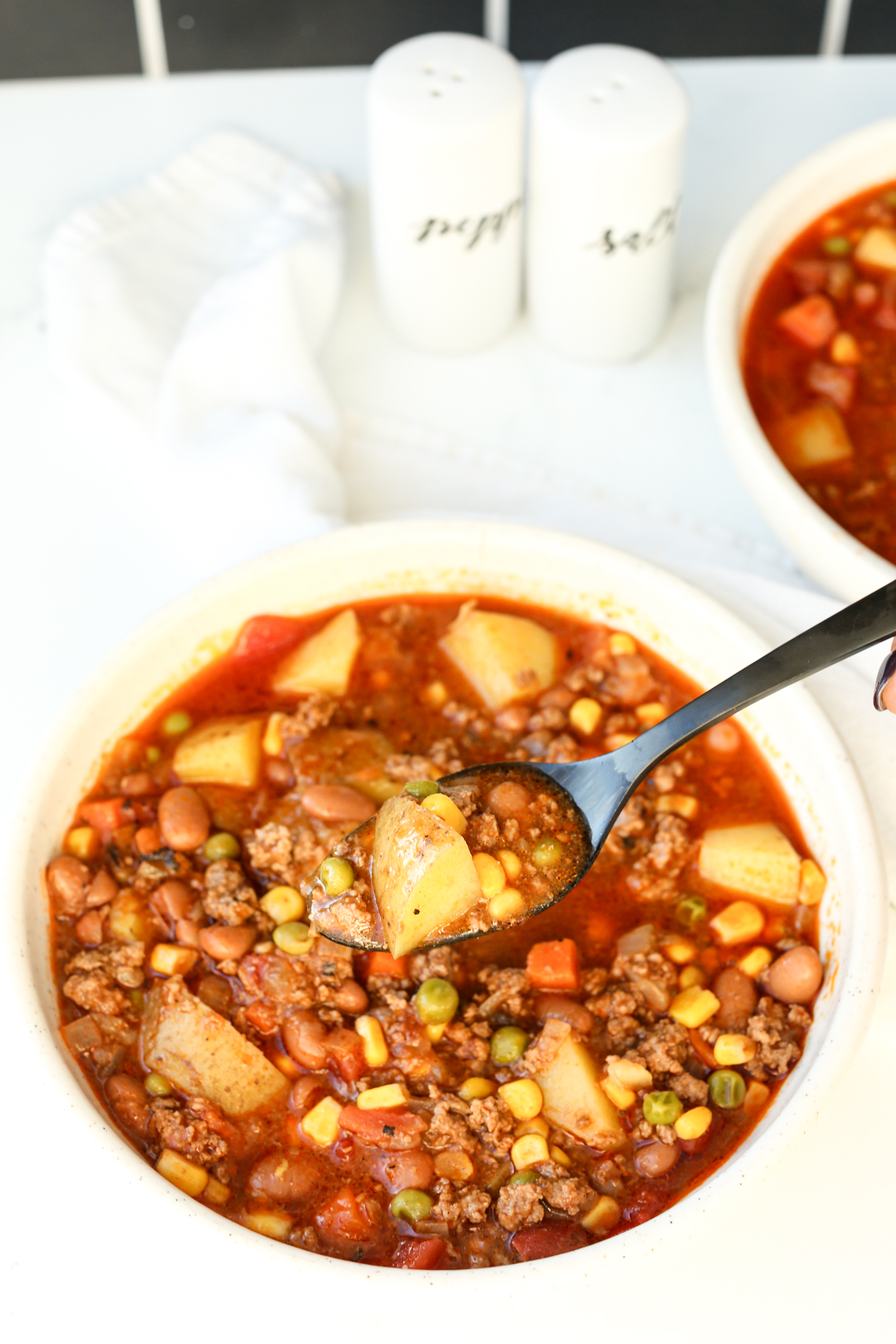
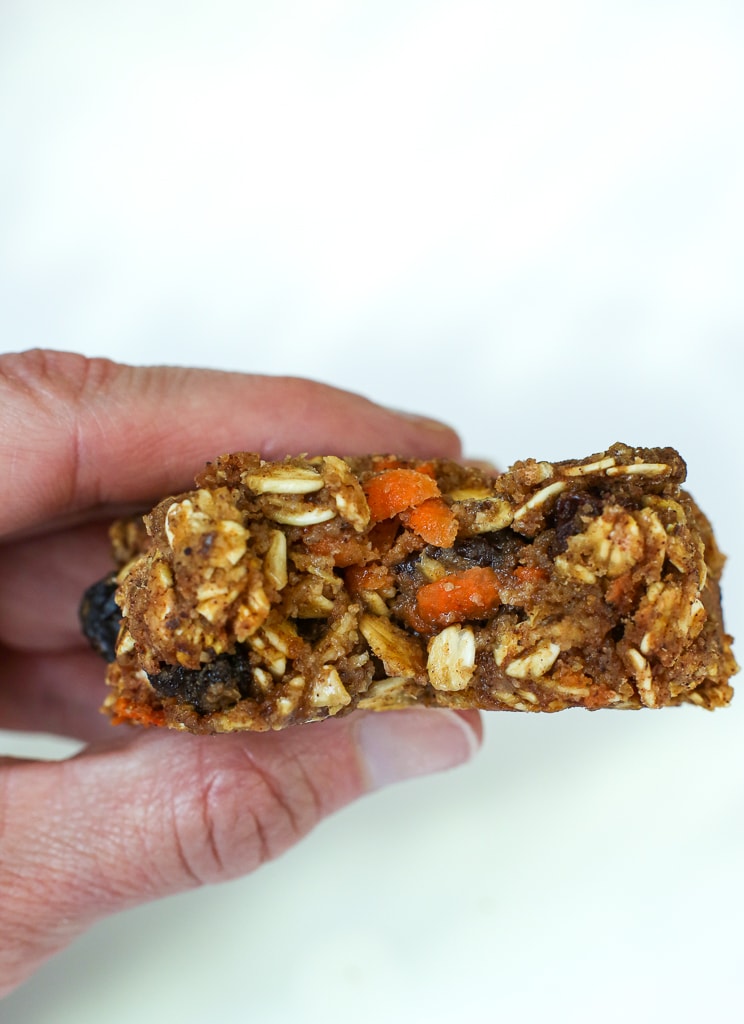

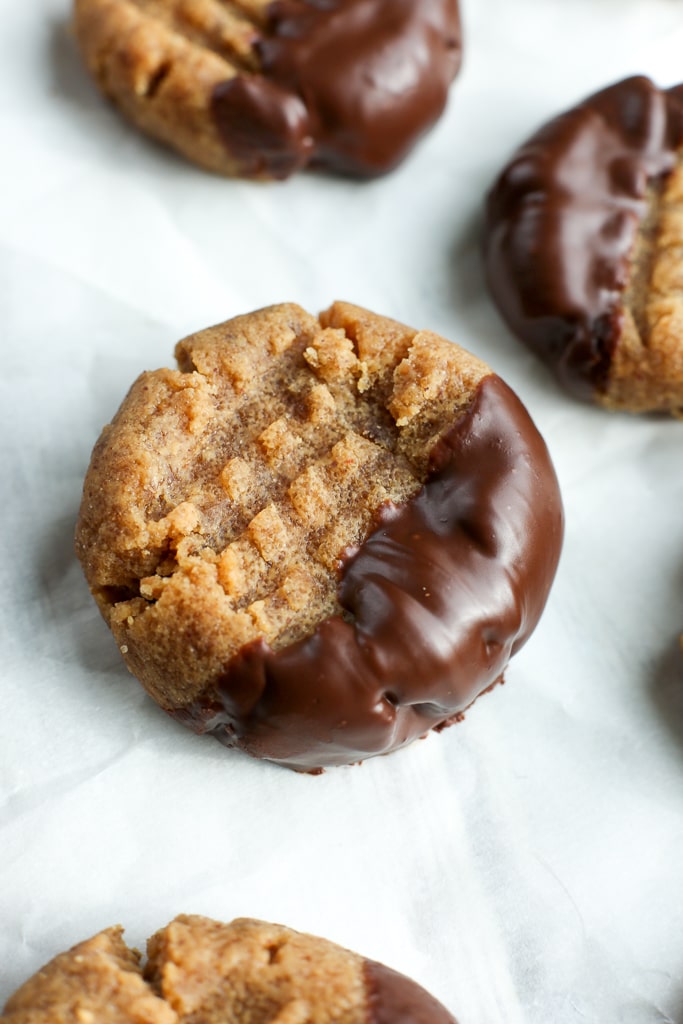
How can I deal with My son’s jealousy?
farah
UJ
Thanks for stopping by! I hope you can continue to find good and helpful information. 🙂
I stumbled upon your blog via facebook and found this information very interesting. Since my little guy is almost 7 months old, I have been trying to use my food processor as much as possible. Thanks for the ideas Maryea!!